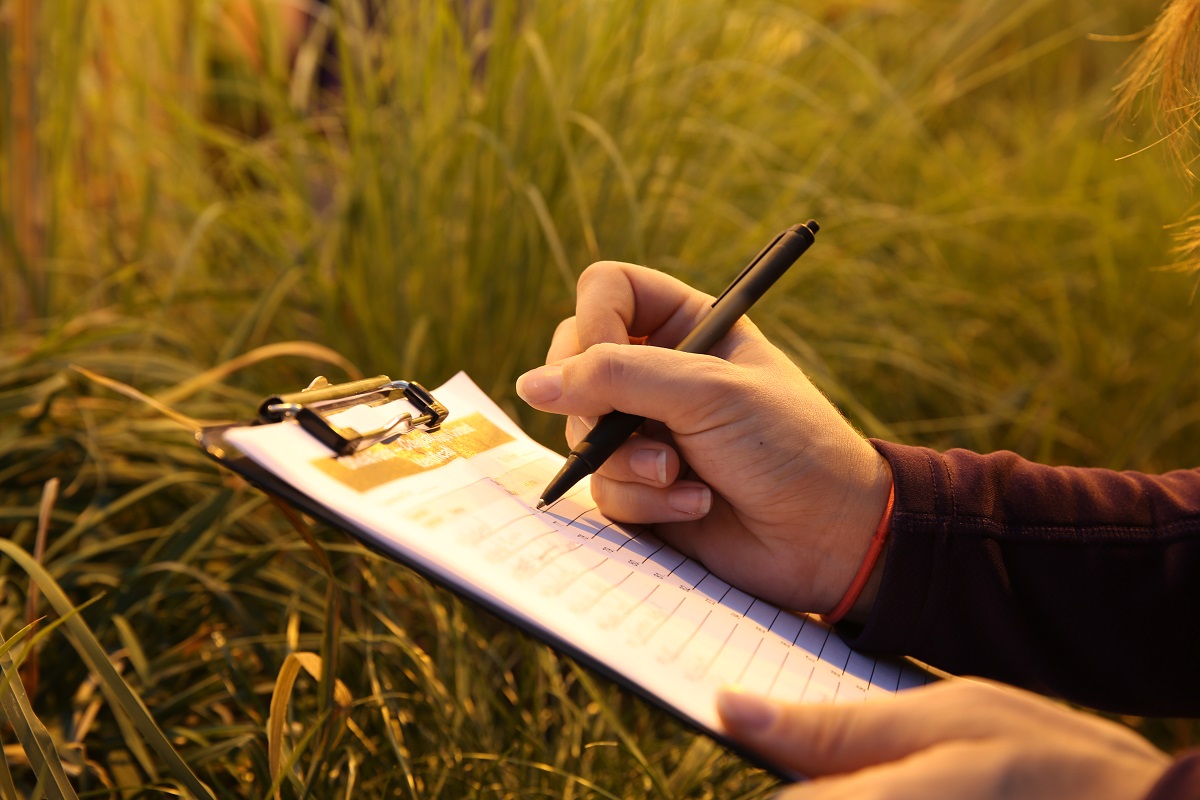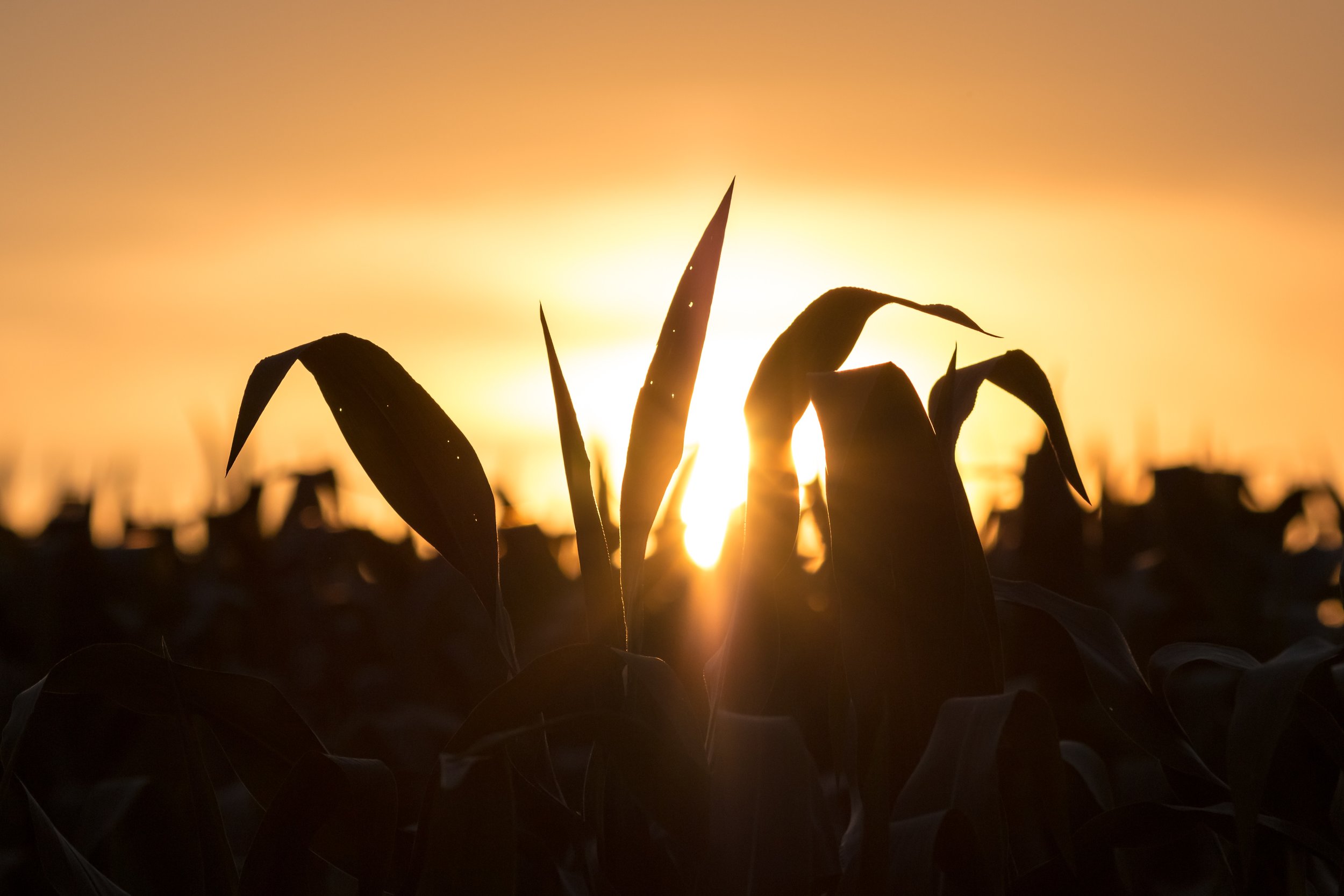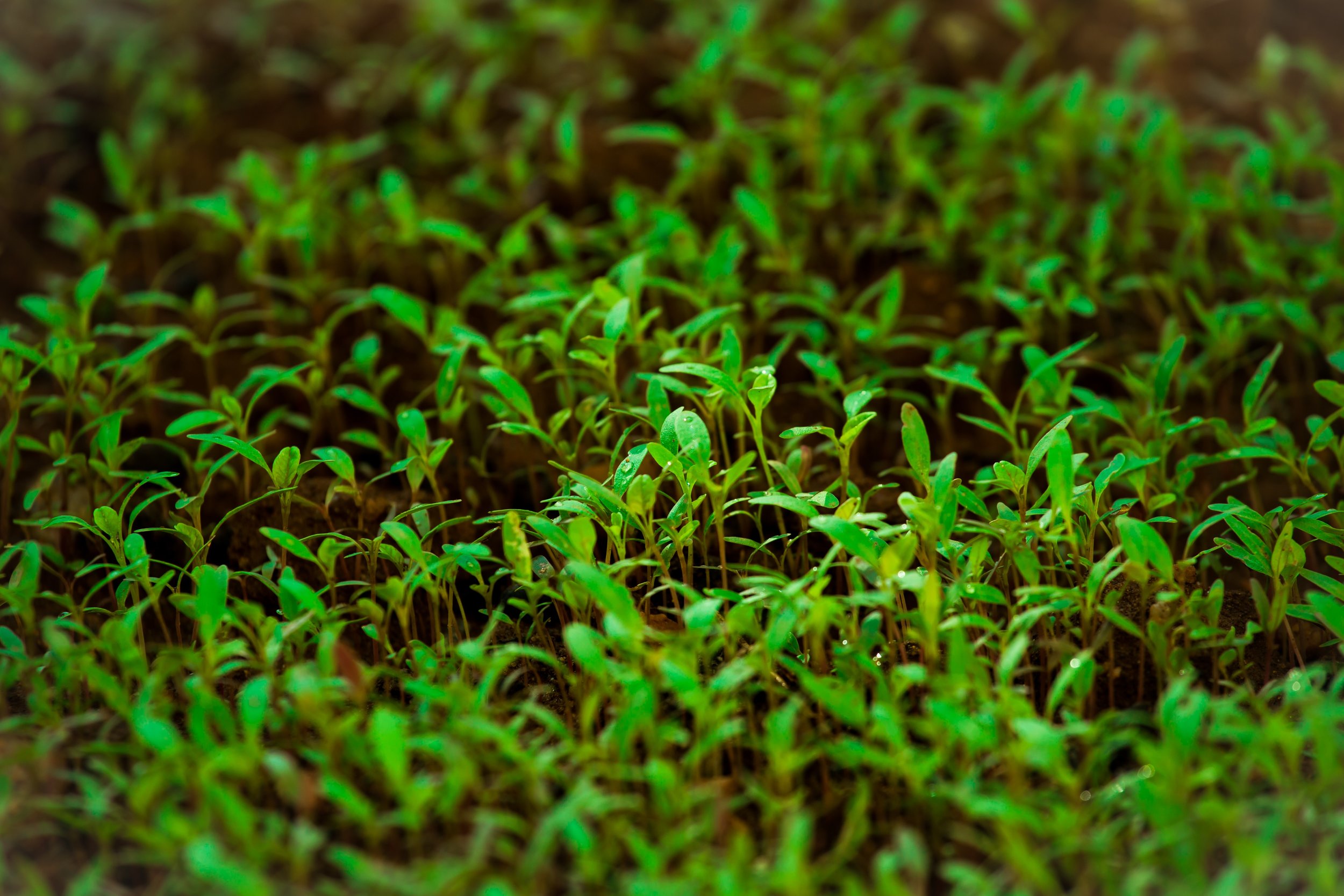While it may at first sound like what your mechanic does with the carburetor, Carbon Sequestration is actually a natural process that vegetation does as part of being vegetation. It’s in the plant’s job description.
At Encore Green Environmental, we are spreading info about Carbon Sequestration as part of The ‘Just Add Water’ Initiative. Carbon Sequestration is our future here in the oil producing states in the arid west and so we all need to be up to speed.
Here’s the quick version:
Vegetation naturally has a process called photosynthesis. You remember that from your science books, right? Plants use sunshine and water to do two things.
o They give off oxygen, which is very handy for us humans.
o AND they pull in carbon dioxide from the air. The carbon goes down into their roots and surrounding soil and is ‘sequestered,’ which is another way of saying it gets locked away in the roots and soil.
So, it’s a very natural process that’s as old as dirt (and plants). Why do we care?
Because scientists are on record saying we need to get carbon out of our air for the sake of our environment. But, here in the ARID states, we don’t have much vegetation because we don’t have much water. So, we don’t have much Carbon Sequestration.
That’s where The ‘Just Add Water’ Initiative comes in.
Encore Green Environmental has a patent-pending process to take oilfield by-product water, clean it up to match the soil, and apply to the land, causing vegetation to grow. And, as you now know, vegetation creates Carbon Sequestration, which improves our environment.
This method also protects our aquifers, increases soil health, mitigates erosion and other benefits.
So, what is Carbon Sequestration? It’s our future.
Give us a call. We love to talk about this. 818.470.0285.











